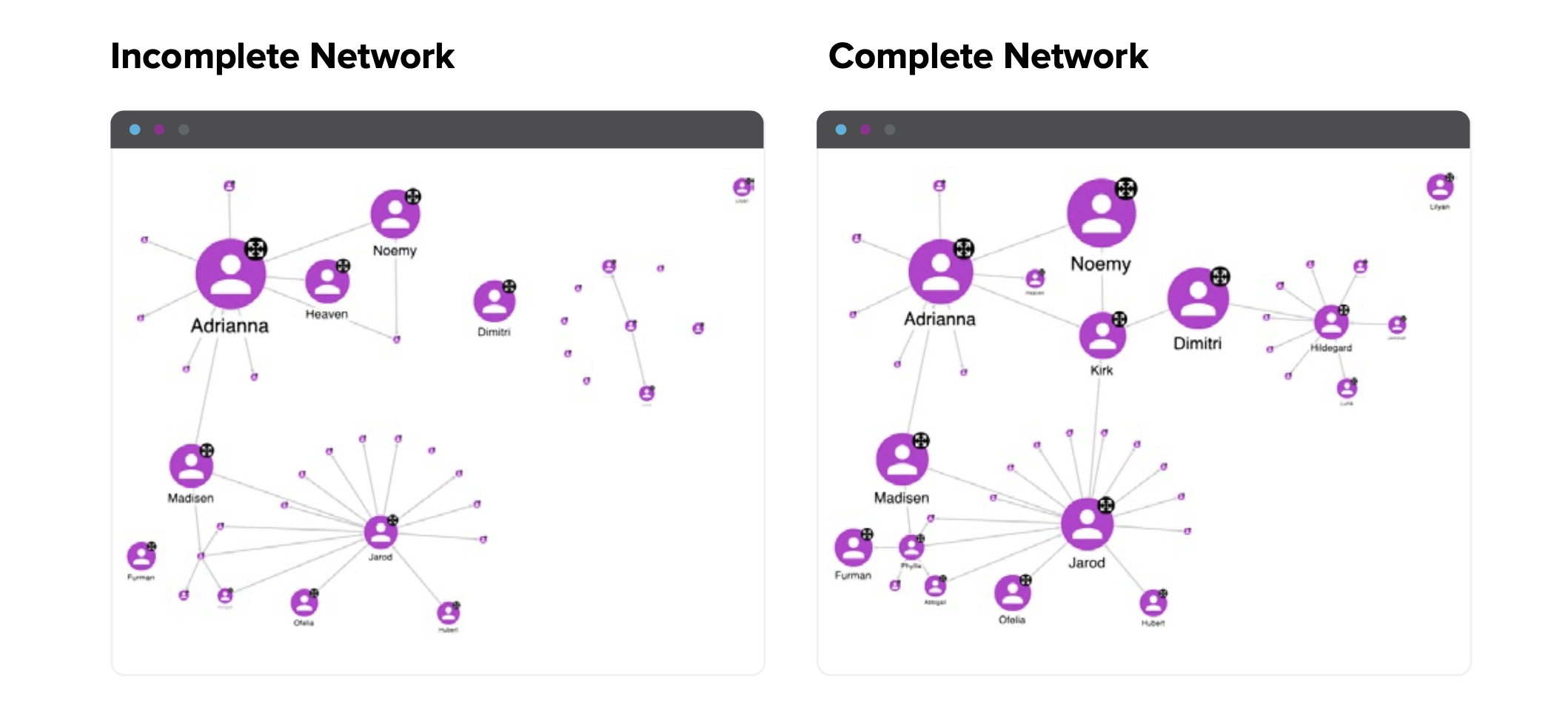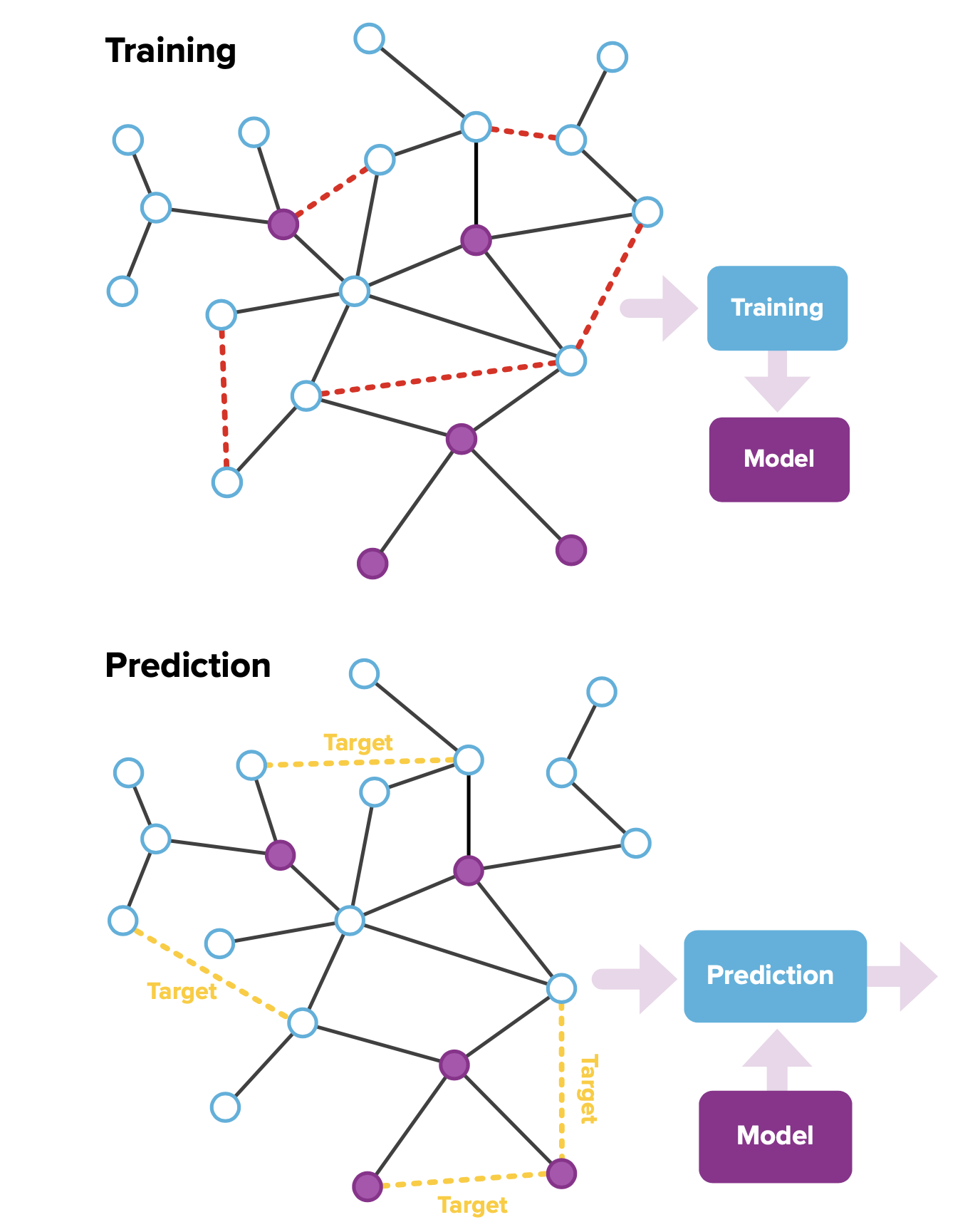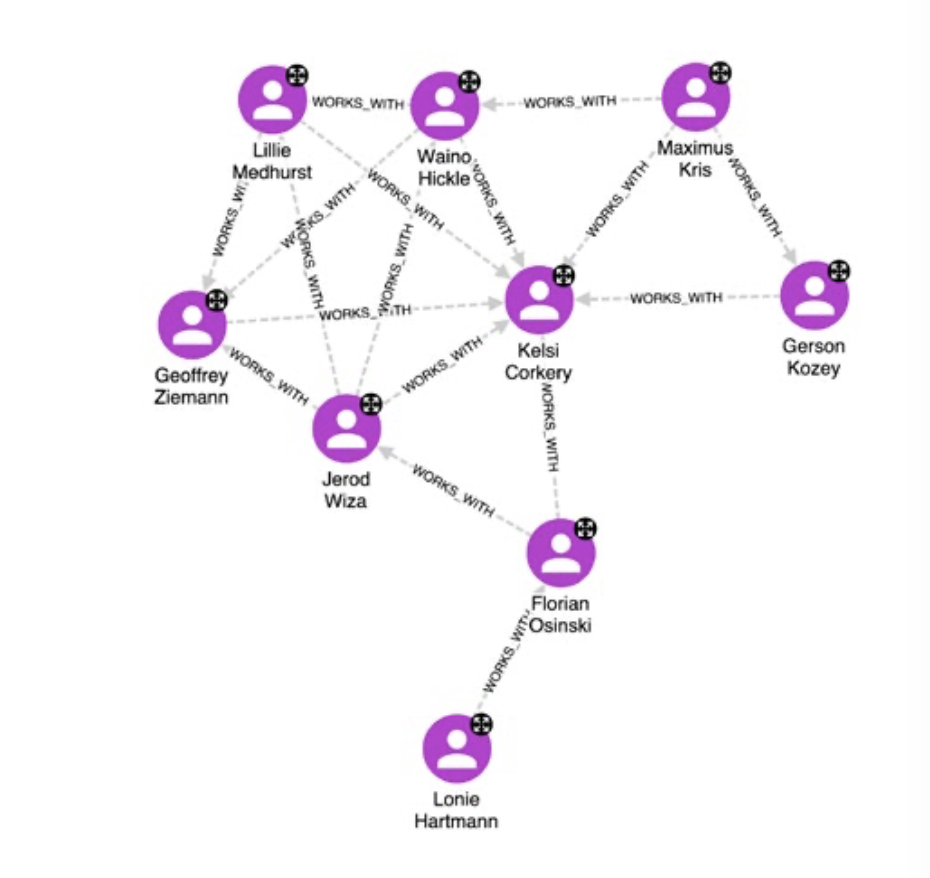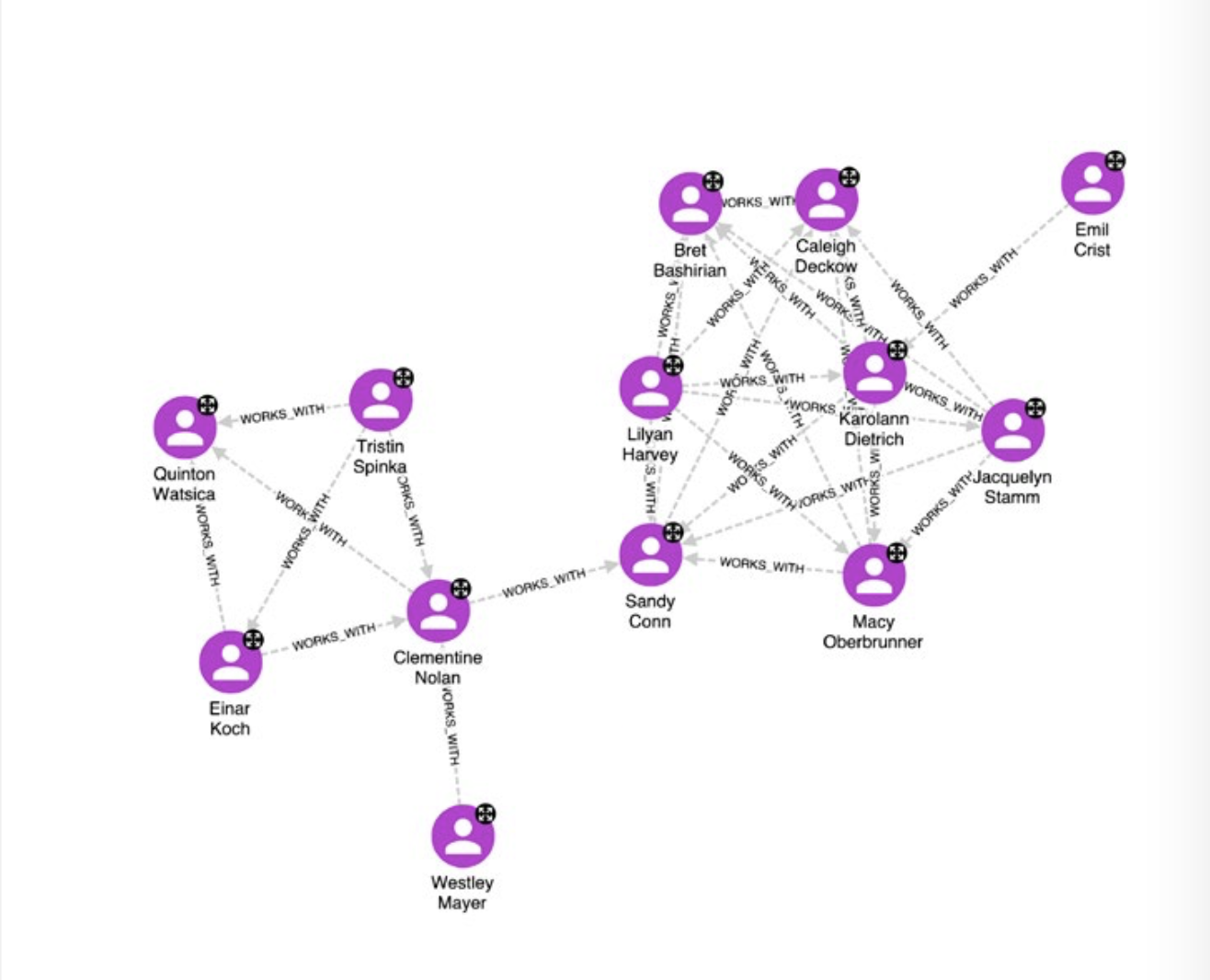From Data To Knowledge: Transparency within Predictive Policing
· 5 min read
Welcome to the second instalment in this series, which tracks the journey to revolutionise law enforcement through advanced data analysis. In this series, expect to uncover a wealth of knowledge that underpins the enhancement of policing methods using graph analysis. Join us at the vanguard of policing technology as we delve into the transformative power of Knowledge Graphs. In the previous chapter, we illustrated the process of transitioning from isolated data silos to a holistic intelligence data system, resulting in a single source of truth.
“Predictive policing refers to any policing strategy or tactic that develops and uses information and advanced analytics to inform forward-thinking crime prevention” [26: Uchida A National discussion on predictive Policing …]
The previous stages addressed in from raw data to network analysis post transformed raw data into a single view of truth that aids daily analytical processes. Knowledge graphs adhere to scientific FAIR principles, unify data lakes, streamline investigators’ tasks, and elevate decision-making at both operational and strategic levels of criminal intelligence.
Once the graph’s knowledge undergoes validation and data flows are solidified, analysts can begin to use it in earnest. By doing so, they improve the quality of the knowledge graph, as their expertise in identifying connections serves as learning data for the knowledge graph. At this point, we introduce predictive policing. Defined as a tactic using information and advanced analytics for proactive crime prevention and supporting investigations, predictive policing applies analytical methods to identify police intervention targets, solve past crimes, and make informed crime prevention predictions.
Contrary to the grandiose claims from the media predictive policing is no crystal ball. The promise of “big data” and “AI” often touted to be what we see in the media is in fact exaggeration.
At GraphAware, our predictive methods derive from science, and well-established theories and prioritise transparency to ensure human control and trust in algorithmic outputs. Our techniques acknowledge that crime, especially organised crime, isn’t random but patterned. Knowledge graphs, because of their structural nature, are ideal for unearthing relations in criminal networks. Past studies show that criminal networks display patterns that are insightful for police investigations. Recognising this, our algorithms detect crime patterns and associations from past data, offering predictions and insights. Our primary tools to support this phase are:
- Co-offending network analysis
- Link prediction
Co-offending Network Analysis
A co-offending network represents a graph linking individuals who have committed crimes together. Such networks are pivotal for law enforcement in understanding criminal networks and groups engaging in concealed illegal activities, from terrorism to drug trafficking. Instead of focusing solely on individual suspects, the analysis includes group behaviour. Although not always stored by organisations, this network can be easily extracted from the knowledge graph developed in earlier phases.
The next image shows the schema of the crime sub-graph and how the projection works over it to generate a co-offender network:

Notably, these networks contain temporal data, allowing for time-based evaluations of crime, and analysing the where’s and when’s of criminal activity. Below we can see a simple example of a co-offending network:

The value of these networks is immense, facilitating the identification of key players and guiding strategic decisions by law enforcement, in particular for organised crime. Analysis methods include:
Whole-network properties: Examining total offenders, average connections, and network connectivity measurements so we can understand how closely offenders are connected.
Subgraph discovery: Identifying organised crime groups, their evolution, and interactions.
Node analysis: Determining key players essential to the network’s function and its disruption, crucial for tackling organised crime and terrorism.
Network evolution characterisation: Tracking network changes, like new members, shifts in power, and overall structural transitions in criminal networks.
Link Prediction in Predictive Policing
Link prediction is an advanced technique we offer for predictive policing. It determines potential connections among entities. The methodology involves a training phase, using a graph to train a machine-learning model able to predict new or hidden links. Once trained, this model predicts link likelihoods between nodes. If this likelihood surpasses a 50% threshold, a link’s existence is assumed. The next image shows the basic principles of link prediction:

This predictive capability offers manifold applications:
Co-offending Network Analysis: Predicting evolving relationships within criminal networks.
Knowledge Graph Completion: Filling in missing data connections to enrich overall understanding.
Revealing Hidden Connections: Unearthing concealed interactions, especially within clandestine organisations.
Suspect Identification: Enhancing crime investigation by predicting additional culprits.
Our demonstrations highlight the transformative power of link prediction on co-offender networks, especially in revealing influential individuals. These are just a few of the possibilities that have been identified with our current customers, but others can be explored and verified. To prove the value of the link prediction in improving the quality of the knowledge, we have considered the following image:
 |
 |
The two images display the same co-offender network: the left before link prediction and the right after. Using the betweenness algorithm, we identified key individuals who bridge separate groups. Node size reflects its relevance, with larger nodes being more influential. Notably, after link prediction, nodes 25, 26, 62, and 49 in the middle-right gained significance. Revealing these hidden links alters the network, highlighting hidden patterns and individuals.
GraphAware Hume provides a comprehensive suite of features, available as out-of-the-box functionalities or through professional services - algorithms, visualisation tools and best practices to achieve the client’s goals.
Finally, the graph can serve as the primary source of data for extracting information in a format compatible with traditional machine learning algorithms. Hume provides features for converting graph data into tabular format, which can then be utilised for various downstream processing tasks. This opens up a realm of limitless possibilities for further analysis and applications.
